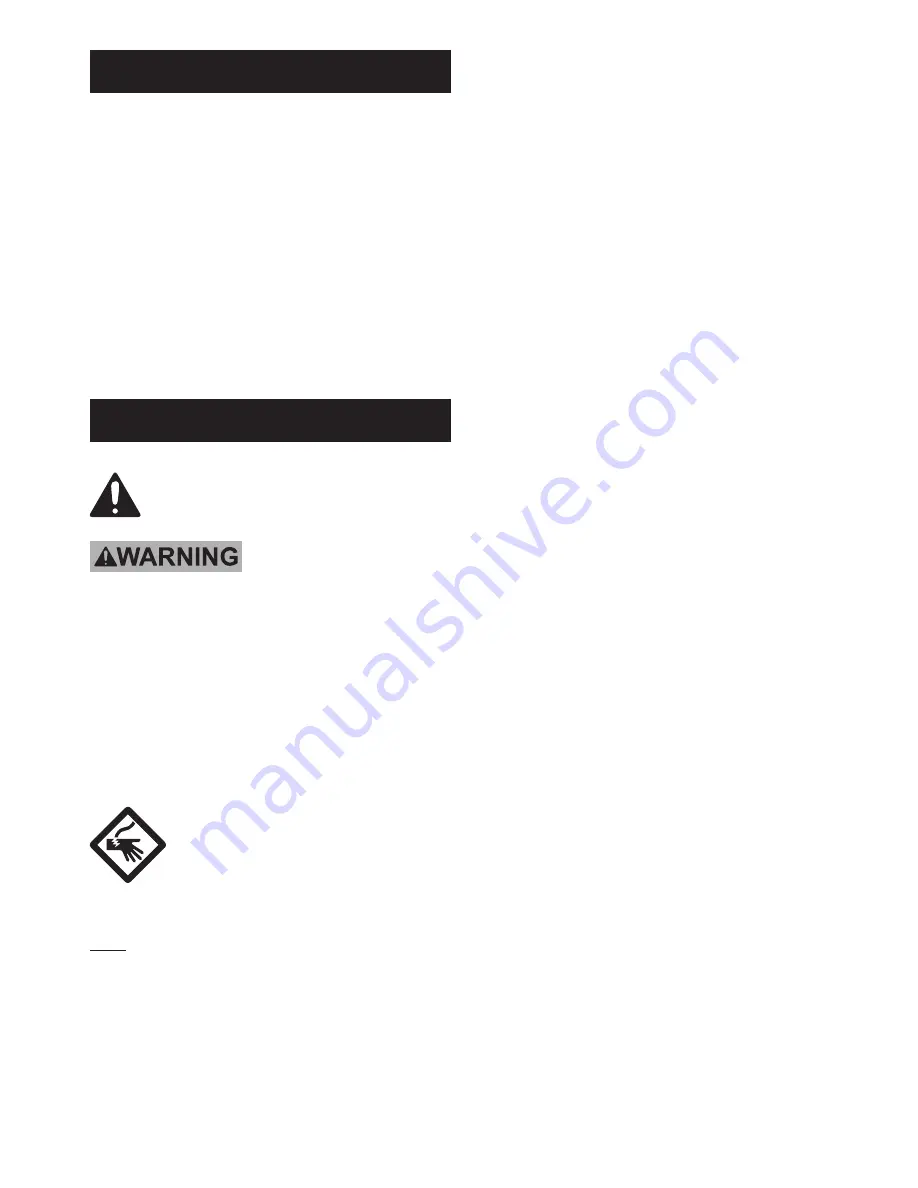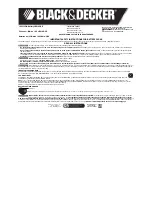
Page 5
For technical questions, please call 1-800-444-3353.
SKU 68692
Operation
Use Voltage Regulator (not included) between Solar
Battery Charger and battery to prevent overcharging
battery and consequent damage.
Solar Panel may also be used to maintain charge on
batteries which are powering other items, such as a car
radio while the car is parked.
1. Attach one of the two provided extensions as
needed. This kit includes Battery Clamps (3) and
Car Lighter Plug Wire (4) in addition to the Charger’s
main cable.
CAUTION:
Disconnect the Solar Battery Charger
from cigarette lighter or battery terminal before
starting engine. Surges of electricity from the engine
may damage the Solar Panel.
Servicing
Procedures not specifically explained in this
manual must be performed by a qualified
service technician.
TO PREVENT SERIOUS INJURY FROM ELECTRIC
SHOCK:
Before service, maintenance or cleaning:
a.
Dry Solar Battery Charger panel and
outdoor wiring thoroughly while wearing
electrically insulated gloves.
b.
Cover all panels with an opaque
cover, such as a blanket.
c.
Disconnect all panels.
d.
Disconnect all batteries.
TO PREVENT SERIOUS INJURY FROM
ELECTRIC SHOCK OR CUTS:
Do not use damaged solar panel.
If wiring insulation is damaged or
weathered, glass is cracked,
or housing is opened, have the problem
corrected before further use.
Note:
It is normal to see up to 20% degradation in
amorphous silicon solar panel performance within the first
6 months before the amorphous coating stabilizes.
Cleaning
Clean and inspect the Solar Battery
Charger system
MONTHLY
, or more
frequently to maintain peak efficiency.
1.
Wear electrically insulated gloves and
ANSI-approved safety goggles.
Dry solar
panels and outdoor wiring thoroughly.
2.
Cover all panels with an opaque
cover, such as a blanket.
3.
Disconnect all panels and batteries.
4. Clean panels one at a time with mild, non-abrasive
cleanser and soft cloth and paper towels. Do
not clean with brushes or abrasive cleaners.
5. Inspect the general condition of the Solar Battery
Charger system (panels, batteries, controllers,
and mounting). Check for loose hardware,
wiring insulation damage or weathering, cracked
glass, open housing, cracked or broken parts,
loose or corroded contacts, and any other
condition that may affect its safe operation.
6. Inspect and maintain batteries according
to supplier’s instructions.
Adjustment
To increase efficiency:
1.
In the Winter,
increase the panel’s angle by 10°.
2.
In the Summer,
decrease the angle by up to 10°.
3.
In the Spring and Fall,
keep the panel at the
angle recommended on the chart on page 4.


























